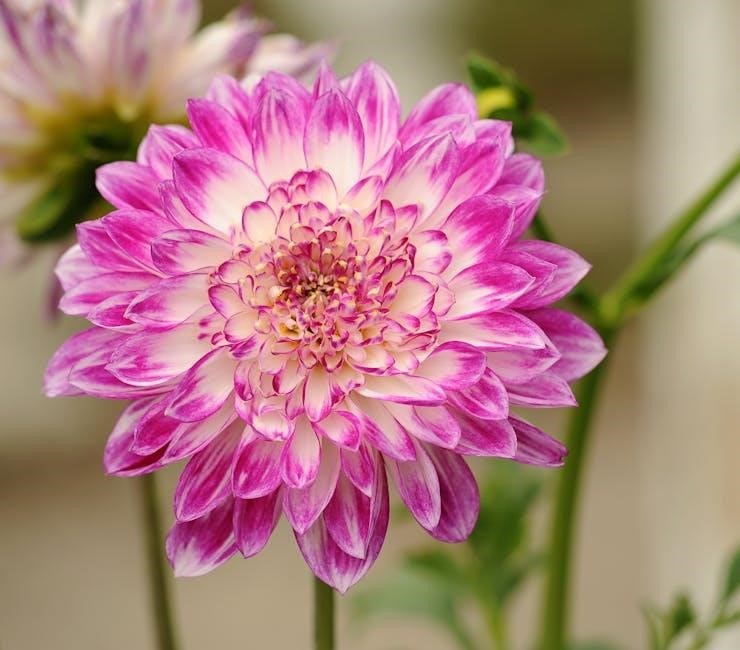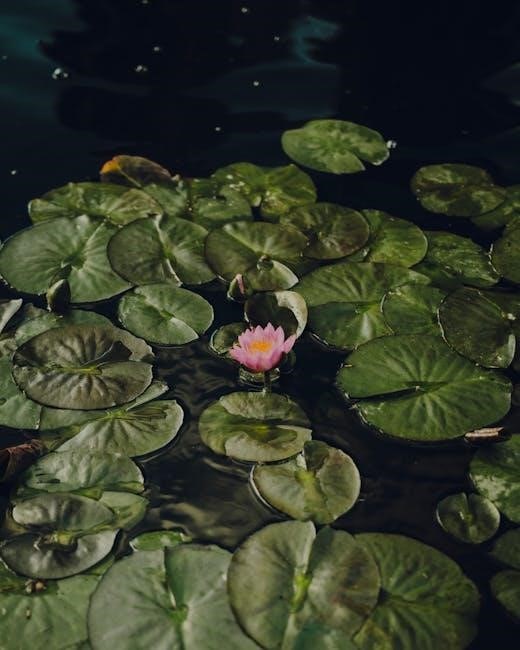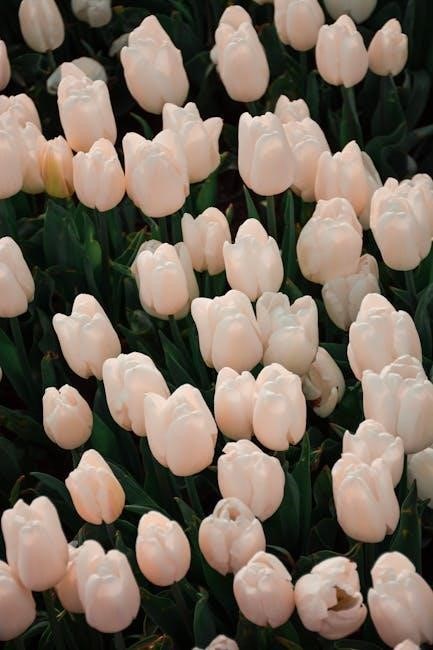Overview of Spirit Guides Exhibition at Denver Botanic Gardens
Spirit Guides: Fantastical Creatures is a vibrant exhibition at the Denver Botanic Gardens. Eight large sculptures, inspired by the Zapotec calendar, are showcased. These creations come from the workshop of Jacobo and María Ángeles of Oaxaca, Mexico. The exhibit blends art and nature.

The “Spirit Guides: Fantastical Creatures from the Workshop of Jacobo and María Ángeles” exhibition is a summer highlight at the Denver Botanic Gardens. It features eight outdoor sculptures, brightly colored and richly patterned. These monumental pieces showcase imaginary hybrid animals. The artists draw inspiration from the Zapotec calendar and Mesoamerican astrology.
These sculptures act as both spirit guides and astrological embodiments of human character. The exhibition offers a unique opportunity to encounter celestial creatures on a grand scale. It aims to shake up the traditional garden experience, blending art and nature seamlessly. The Denver Botanic Gardens presents a wide range of gardens and collections. This exhibition celebrates our Western identity.
The sculptures are impossible to miss. They invite visitors to explore connections to the spirit of nature. The exhibition is a joyful and thought-provoking addition to the gardens. It enhances the natural beauty with elements of mythology and artistry.
The Artists: Jacobo and María Ángeles
Jacobo and María Ángeles are Oaxacan artists renowned for their vibrant and imaginative sculptures; They operate a community workshop in Oaxaca, Mexico. This workshop provides training and employment for hundreds of local artists. Their work is deeply rooted in Zapotec traditions and beliefs. The artists draw inspiration from the natural world and astrology.
Their studio creates fantastical creatures that serve as spirit guides. These hybrid animals are embodiments of human character. Jacobo and María Ángeles craft each sculpture with meticulous detail. They use fiberglass and acrylic paint to bring their visions to life. The artists’ collaborative approach blends artistic expression with community empowerment.
Their exhibition at the Denver Botanic Gardens showcases their unique artistic vision. The sculptures reflect their commitment to preserving Zapotec culture. Jacobo and María Ángeles’ work has gained international recognition. Their creations invite viewers to explore the intersection of art, nature, and spirituality.

Sculptures and Inspiration
The “Spirit Guides” exhibition features eight sculptures. These represent hybrid animals inspired by the Zapotec calendar. Jacobo and María Ángeles created them. Their art reflects Zapotec astrology. The sculptures blend artistic vision with cultural heritage.
Zapotec Calendar and Astrology
The “Spirit Guides” exhibition draws heavily on the Zapotec calendar and astrological beliefs, providing a rich context for understanding the sculptures. The Zapotec civilization, known for its advanced understanding of astronomy and mathematics, developed a complex calendar system that intertwines with their spiritual beliefs. This calendar is not merely a tool for tracking time but a guide to understanding the energies and influences that shape human character and destiny.
Each of the hybrid animal sculptures represents a specific day or period within the Zapotec calendar. They embody the characteristics and energies associated with that time; The artists, Jacobo and María Ángeles, have meticulously translated these astrological concepts into physical forms. The sculptures showcase the deep connection between the natural world and the cosmos, highlighting the Zapotec belief that animals serve as spirit guides and embodiments of human traits.
Visitors can explore their own astrological connections. The sculptures are meant to evoke reflection on the relationship between the natural world and human nature. The Denver Botanic Gardens becomes a space for contemplation, blending art, culture, and nature.
Hybrid Animal Representations
The sculptures in the “Spirit Guides” exhibition are striking examples of hybrid animal representations, reflecting the artistic vision of Jacobo and María Ángeles. These fantastical creatures are not merely whimsical creations, but embody the deep cultural significance rooted in Zapotec beliefs. Each sculpture merges different animal forms, resulting in unique beings that possess symbolic meanings.
The selection of animals and their combinations is deliberate, drawing inspiration from the Zapotec calendar and astrology. These hybrid creatures act as spirit guides, representing astrological embodiments of human character. The artists use vibrant colors and intricate patterns to enhance the visual impact of the sculptures, making them impossible to miss within the gardens. The fiberglass and acrylic paint bring the creatures to life.
These sculptures invite viewers to explore the connections between the animal kingdom and the human spirit. The hybrid forms suggest the fluid and interconnected nature of existence; The exhibition promotes contemplation on the relationship between humanity and the natural world. The Denver Botanic Gardens becomes a space for discovery.

Experience at the Denver Botanic Gardens
Visiting the Denver Botanic Gardens offers a unique experience. The “Spirit Guides” exhibition enhances this with monumental sculptures among the flora. The blend of art and nature creates a memorable experience. Discover the connection between culture and the environment.
Location within the Gardens
The “Spirit Guides” exhibition is strategically located throughout the Denver Botanic Gardens’ 24 acres. The sculptures are scattered among the diverse plant collections. Visitors encounter the hybrid animals while exploring the gardens’ distinct areas. This deliberate placement encourages exploration and discovery. The sculptures can be found within the various themed gardens, creating a sense of wonder.
The exhibit enhances the natural beauty of the gardens. The “Spirit Guides” are integrated into the landscape, providing a unique experience. The location allows visitors to experience the art in a natural setting. The sculptures are placed to complement the surrounding flora. Visitors are encouraged to wander and discover each piece.
The Denver Botanic Gardens at York Street provides an ideal backdrop. The sculptures are placed to maximize their impact. The gardens’ layout allows for a seamless integration of art and nature. The exhibition is designed to be a journey through the gardens. Visitors will discover these celestial creatures as they explore. The strategic placement emphasizes the connection between art, nature, and culture.
Blending Art and Nature
The “Spirit Guides” exhibition at the Denver Botanic Gardens masterfully blends art and nature. The fantastical sculptures are strategically placed among the diverse plant life. This integration creates a harmonious dialogue between human creativity and the natural world. The hybrid animals, inspired by Zapotec astrology, seem to emerge from the landscape. Their vibrant colors and intricate patterns contrast and complement the surrounding flora.
The sculptures act as focal points, drawing visitors deeper into the gardens. They encourage a closer examination of the plants and ecosystems. The exhibition highlights the interconnectedness of all living things. The “Spirit Guides” seem to inhabit the gardens, adding a layer of magic and mythology.
This unique combination offers visitors a multi-sensory experience. The sculptures provide a visual feast, while the gardens offer a tranquil and immersive environment. The exhibition enhances the natural beauty of the gardens, creating a space for contemplation. Visitors connect with art and nature in a profound way. The Denver Botanic Gardens provides a perfect setting for this artistic synergy.

Impact and Mission
The “Spirit Guides” exhibit highlights cultural exchange and artistic collaboration. It also supports community workshops in Oaxaca, Mexico. The Denver Botanic Gardens’ mission focuses on education and conservation. The exhibition enriches the visitor experience; It promotes awareness of Zapotec art and culture.
Community Workshop in Oaxaca, Mexico
Jacobo and María Ángeles operate a community workshop in Oaxaca, Mexico. This workshop serves as a vital training and employment center for local artists. The workshop provides opportunities for hundreds of individuals. It allows them to develop their artistic skills and contribute to the creation of these unique sculptures. The workshop’s impact extends beyond art creation. It fosters economic empowerment within the community. By providing stable employment, the workshop helps to preserve traditional Zapotec artistic techniques.
The “Spirit Guides” exhibition directly supports this community initiative. It raises awareness of the workshop’s work and its importance to the local economy. The success of the exhibition contributes to the sustainability of the workshop, ensuring its continued operation. This connection between the art on display and the community that creates it adds depth and meaning to the exhibit. It highlights the powerful role that art can play in promoting social and economic development.
The workshop acts as a cultural bridge. It connects the traditions of Oaxaca with audiences around the world. Visitors to the Denver Botanic Gardens gain insight into the rich artistic heritage of the Zapotec people.
Denver Botanic Gardens’ Mission
The Denver Botanic Gardens’ mission centers on connecting people with plants, art, and the natural world. The “Spirit Guides” exhibition directly supports this mission. It showcases art inspired by nature and cultural traditions. The Gardens aim to provide diverse experiences for visitors. These experiences should educate, inspire, and foster a sense of stewardship for the environment. By hosting the “Spirit Guides” exhibition, the Gardens enrich its offerings. It presents unique perspectives on the relationship between humans and nature.
The Gardens also prioritize research and conservation. The exhibition complements these efforts by highlighting the importance of cultural preservation. The Zapotec artistic traditions represented in the sculptures are a valuable part of our shared heritage. Showcasing these traditions aligns with the Gardens’ broader commitment to protecting biodiversity. It promotes understanding of the interconnectedness of all living things. The Gardens also aim to be an oasis. It is a place for reflection and discovery.
The “Spirit Guides” exhibition enhances the Gardens’ role as a cultural and educational resource for the community. It provides opportunities for learning and engagement. It inspires visitors to appreciate the beauty and complexity of the natural world.